In the realm of industrial chemical storage, hydrochloric acid stands out due to its widespread application and inherent hazards. Proper storage tank design is paramount to ensuring safety, efficiency, and longevity. At CarMax Vehicle, we specialize in creating robust and reliable hydrochloric acid storage solutions tailored to meet the diverse needs of our clients. This comprehensive guide delves into the critical aspects of hydrochloric acid storage tank design, offering insights and best practices to help you make informed decisions.
Understanding the Importance of Hydrochloric Acid Storage Tank Design
Hydrochloric acid (HCl) is a highly corrosive substance used across various industries, including chemical manufacturing, oil and gas, pharmaceuticals, and water treatment. The correct design of storage tanks for HCl is essential for several reasons:
- Safety: Preventing leaks, spills, and accidental releases that can cause severe injuries or fatalities.
- Regulatory Compliance: Adhering to local, national, and international standards and regulations.
- Operational Efficiency: Ensuring seamless storage, handling, and transportation processes.
- Cost-Effectiveness: Minimizing maintenance costs and extending the tank’s lifespan through durable design.
Key Design Considerations for Hydrochloric Acid Storage Tanks
Designing a storage tank for hydrochloric acid involves multiple factors that must be meticulously addressed to ensure optimal performance and safety. Here are the primary considerations:

1. Material Selection
Selecting the right materials is crucial due to hydrochloric acid’s aggressive nature. Common materials include:
| Material | Corrosion Resistance | Cost | Durability |
|---|---|---|---|
| Stainless Steel | High | High | Long-lasting |
| Fiberglass Reinforced Plastic (FRP) | Moderate to High | Medium | Good |
| High-Density Polyethylene (HDPE) | Moderate to High | Medium | Moderate |
| Carbon Steel (with Linings) | Low to Moderate | Low | Variable |
Stainless steel is often preferred for its superior corrosion resistance, albeit at a higher cost. For cost-effective solutions, FRP and HDPE offer considerable resistance to HCl with adequate durability for many applications.
2. Structural Integrity
Ensuring the structural integrity of storage tanks involves:
- Wall Thickness: Adequate thickness to withstand the corrosive nature of HCl and external pressures.
- Reinforcement: Use of supports and reinforcements to prevent deformation and potential leaks.
- Foundation: A stable and level foundation to support the tank’s weight and operational stresses.
3. Safety Features
Incorporating safety features is non-negotiable for HCl storage tanks, including:
- Emergency Venting Systems: To release excess pressure and prevent tank rupture.
- Leak Detection: Advanced sensors and monitoring systems to identify and address leaks promptly.
- Secondary Containment: Basements or double-walled tanks to contain any accidental spills.

4. Corrosion Resistance
Hydrochloric acid’s corrosive properties necessitate:
- Protective Coatings: Applying specialized coatings to provide an additional barrier against corrosion.
- Cathodic Protection: Implementing systems to reduce electrochemical reactions that cause metal degradation.
- Regular Inspections: Scheduled maintenance to identify and mitigate corrosion-related issues.
5. Ventilation and Pressure Control
Proper ventilation and pressure control are vital to prevent pressure build-up:
- Vent Pipes: Sized appropriately to allow safe release of vapors.
- Pressure Relief Valves: To automatically release pressure when it exceeds safe limits.
- Inert Gas Blanketing: Using inert gases to create a non-reactive atmosphere inside the tank.
6. Regulatory Compliance
Adhering to regulations ensures legal compliance and safety. Key standards include:
- OSHA Standards: For workplace safety regarding hazardous materials.
- NFPA 30: Flammable and Combustible Liquids Code.
- ASME Standards: For pressure vessel design and construction.
- EPA Regulations: For environmental protection and spill prevention.

Innovative Design Solutions by CarMax Vehicle
At CarMax Vehicle, we leverage cutting-edge technologies and industry expertise to deliver superior hydrochloric acid storage tanks. Our design solutions encompass:
Customized Tank Designs
We understand that each application has unique requirements. Our engineers collaborate with clients to develop customized tank designs that address specific needs, including:
- Capacity Requirements: From small-scale storage to large industrial tanks.
- Environmental Conditions: Designing for extreme temperatures, humidity, and other environmental factors.
- Integration Needs: Ensuring seamless integration with existing systems and infrastructure.
Advanced Manufacturing Techniques
Utilizing state-of-the-art manufacturing processes ensures precision and quality:
- CNC Machining: For precise component fabrication.
- Automated Welding: Ensuring consistent and strong welds to prevent leaks.
- 3D Modeling and Simulation: To visualize and test designs before production.
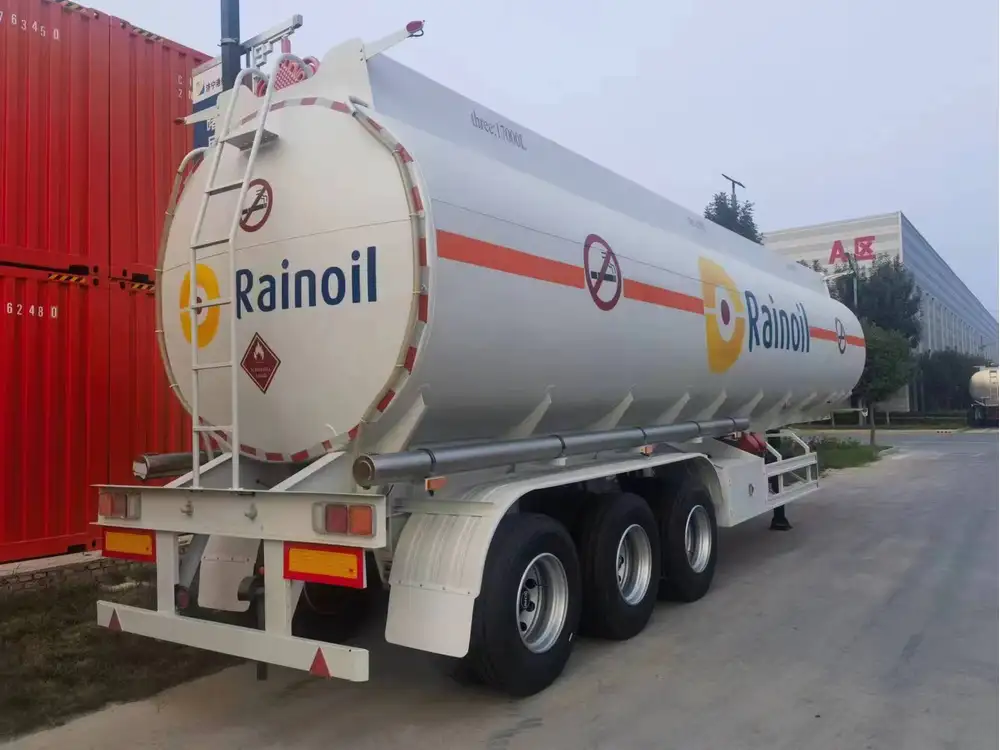
Quality Assurance Processes
Our commitment to quality is unwavering. We implement rigorous quality assurance measures, including:
- Material Testing: Verifying the integrity and suitability of selected materials.
- Non-Destructive Testing (NDT): Detecting flaws without compromising the tank’s structure.
- Compliance Audits: Ensuring all designs meet or exceed regulatory standards.
Comparative Analysis: CarMax Trailer vs. Competitors
When choosing a storage tank manufacturer, it’s essential to consider various factors. Here’s how CarMax Trailer stands out:
| Feature | CarMax Trailer | Competitors |
|---|---|---|
| Material Quality | Premium-grade | Variable |
| Customization Options | High | Limited |
| Innovative Design | Advanced | Standard |
| Safety Features | Comprehensive | Basic |
| Customer Support | 24/7 Availability | Limited Hours |
| Pricing | Competitive | Often Higher |
| Maintenance Services | Full Range | Limited |
Durability
Our tanks are engineered to withstand the harshest conditions, ensuring longevity and minimal maintenance. Competitors may offer standard solutions that lack the robustness required for intensive industrial use.

Cost-Effectiveness
CarMax Trailer provides high-quality tanks at competitive prices, offering better value compared to pricier competitors without compromising on quality or safety.
Maintenance
We offer comprehensive maintenance services, including regular inspections, repairs, and upgrades, ensuring your storage tanks remain in optimal condition.
Customer Support
Our dedicated support team is available around the clock to assist with any inquiries or issues, providing peace of mind and reliable service.
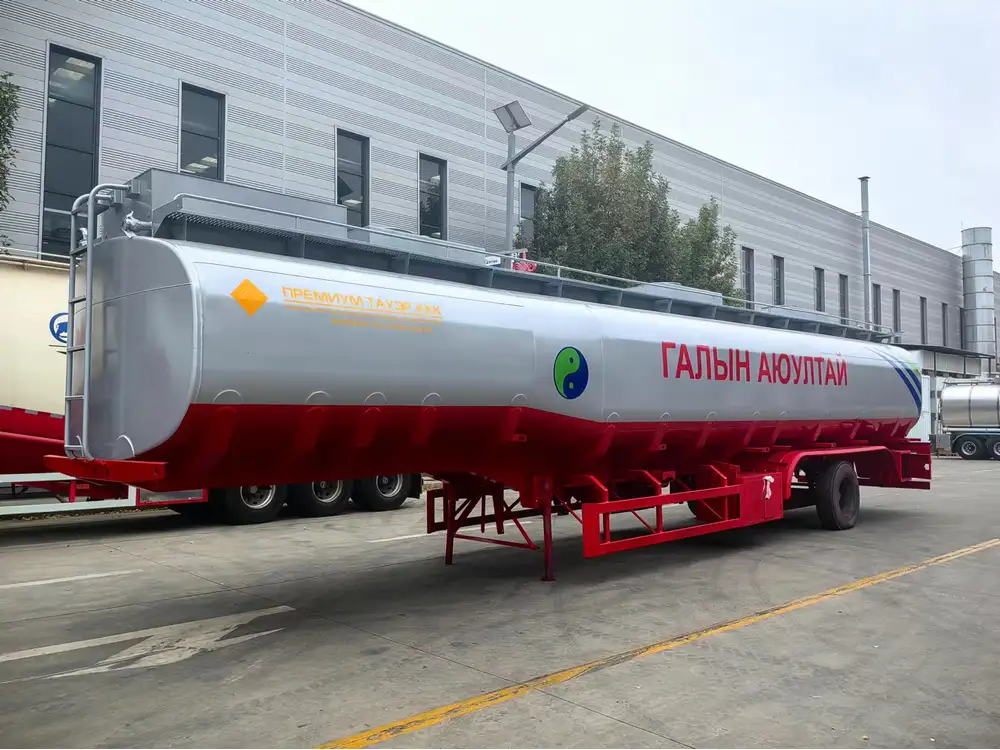
Optimization for Efficiency and Longevity
Maximizing the efficiency and lifespan of hydrochloric acid storage tanks involves strategic planning and proactive management.
Maintenance Best Practices
Regular maintenance is crucial for preventing failures and ensuring continuous operation. Key practices include:
- Scheduled Inspections: Periodic checks for signs of corrosion, wear, and structural integrity.
- Routine Cleaning: Removing residues and contaminants to maintain tank cleanliness.
- Component Replacement: Timely replacement of worn or damaged parts to prevent leaks and failures.
Monitoring Systems
Implementing advanced monitoring systems enhances safety and operational efficiency:
- Automated Sensors: For real-time detection of pressure, temperature, and leakages.
- Remote Monitoring: Enabling supervisors to oversee tank conditions from any location.
- Data Analytics: Analyzing historical data to predict maintenance needs and prevent issues.

Lifecycle Management
Effective lifecycle management ensures tanks remain functional and safe throughout their service life:
- Initial Design and Installation: Ensuring tanks are correctly installed and meet all design specifications.
- Operational Management: Regularly monitoring and managing tank operations to prevent overuse and damage.
- End-of-Life Planning: Strategizing for tank decommissioning, recycling, or replacement to minimize environmental impact and operational disruptions.
Advanced Safety Protocols
Safety is a non-negotiable aspect of hydrochloric acid storage. Implementing advanced safety protocols minimizes risks and protects personnel and the environment.
Emergency Response Plans
Developing robust emergency response plans ensures swift and effective action during incidents:
- Evacuation Procedures: Clear guidelines for personnel evacuation in case of leaks or spills.
- Containment Strategies: Methods to contain and mitigate spills, preventing environmental contamination.
- Training Programs: Regular training for employees on safety protocols and emergency responses.

Personal Protective Equipment (PPE)
Ensuring the availability and proper use of PPE is essential for personnel safety:
- Protective Clothing: Resistant suits to protect against acid splashes.
- Respiratory Protection: Masks and respirators to prevent inhalation of hazardous fumes.
- Eye Protection: Goggles and face shields to safeguard against splashes.
Spill Prevention Systems
Implementing systems to prevent spills reduces the likelihood of accidental releases:
- Secondary Containment: Use of berms and dikes to contain spills within a designated area.
- Automated Shut-off Valves: To stop the flow of HCl in case of detected leaks.
- Regular Maintenance: Ensuring all prevention systems are functional and effective.
Environmental Considerations
Designing hydrochloric acid storage tanks with environmental impact in mind is critical for sustainability and regulatory compliance.
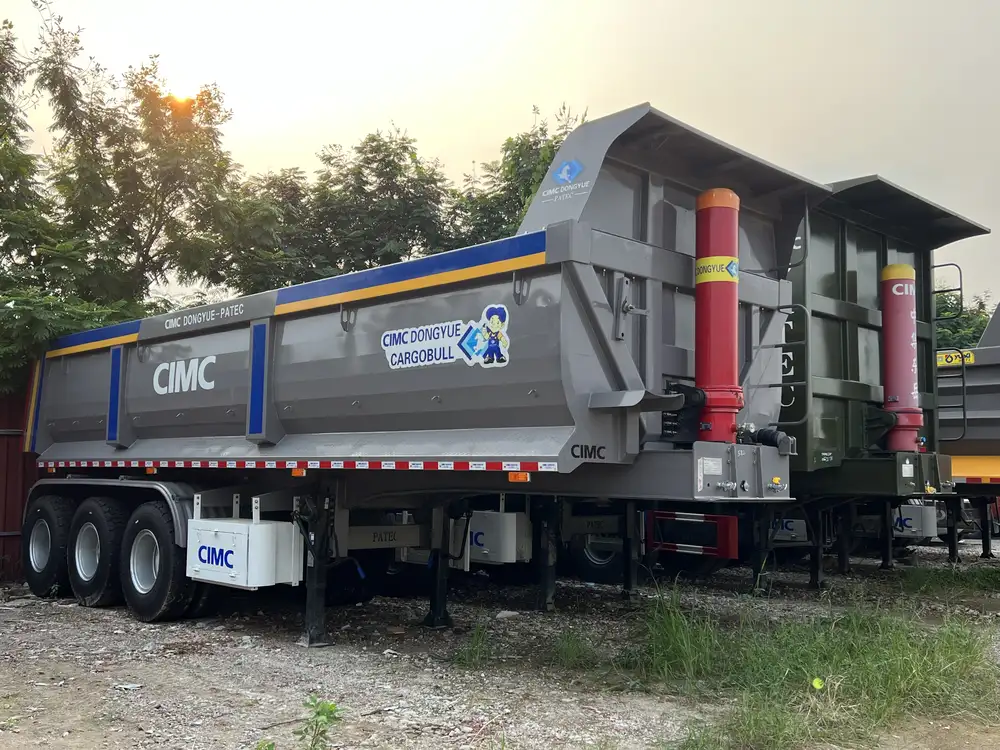
Leak Prevention
Preventing leaks is paramount to protecting ecosystems and water sources:
- High-Quality Materials: Using materials that resist corrosion and degradation.
- Regular Inspections: Early detection of potential leak points.
- Proper Sealing: Ensuring all joints and connections are securely sealed.
Waste Management
Managing waste generated from HCl storage ensures minimal environmental impact:
- Neutralization Systems: Treating acidic waste before disposal to reduce toxicity.
- Recycling Initiatives: Reusing HCl where feasible to minimize waste.
- Compliance with Disposal Regulations: Adhering to laws governing the disposal of hazardous materials.
Energy Efficiency
Designing tanks that optimize energy use contributes to sustainability:
- Insulation: Reducing heat loss or gain to maintain temperature stability.
- Efficient Heating/Cooling Systems: Minimizing energy consumption while controlling tank temperature.
- Renewable Energy Integration: Incorporating solar or wind energy sources to power tank operations.

Technological Innovations in Tank Design
Embracing technological advancements enhances the functionality and safety of hydrochloric acid storage tanks.
Smart Tank Technologies
Integrating smart technologies provides real-time insights and control:
- IoT Sensors: For continuous monitoring of tank conditions.
- Automated Control Systems: Adjusting environmental parameters based on sensor data.
- Predictive Maintenance: Using AI to forecast maintenance needs and prevent failures.
Modular Tank Designs
Modular designs offer flexibility and scalability:
- Ease of Installation: Simplified construction and assembly processes.
- Scalability: Ability to expand storage capacity as needed without significant redesign.
- Portability: Facilitating transportation and relocation of tanks.
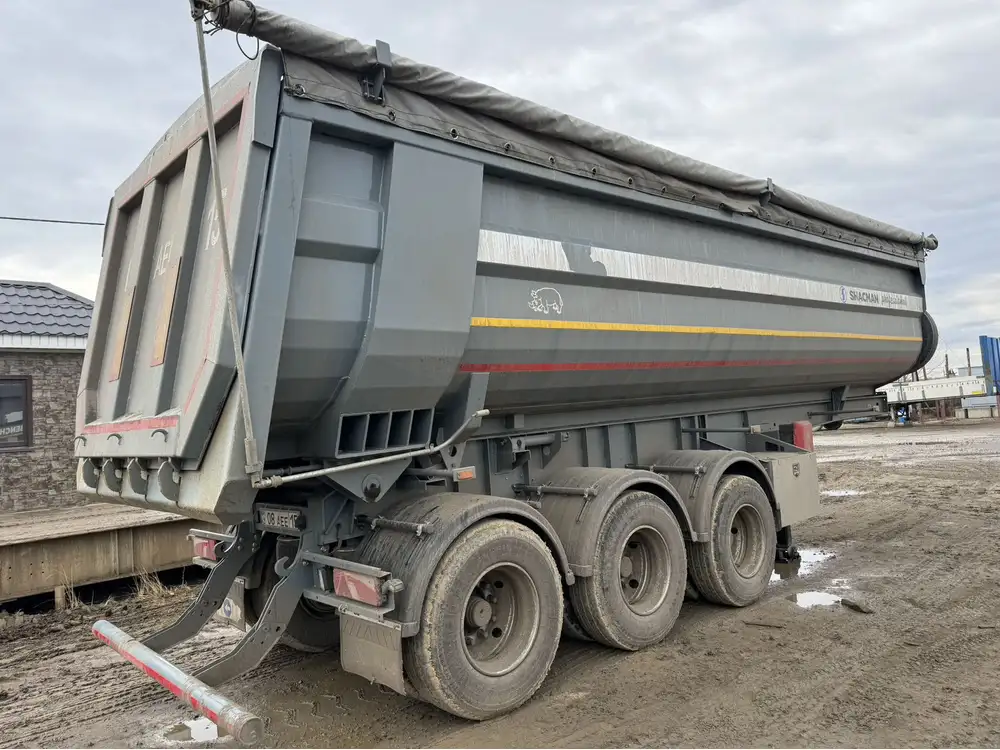
Enhanced Corrosion Protection
Innovations in corrosion protection extend tank lifespans:
- Advanced Coatings: Developing coatings that provide superior resistance to harsh chemicals.
- Nanotechnology Applications: Utilizing nanomaterials to create ultra-resistant surface layers.
- Self-Healing Materials: Incorporating materials that can repair minor damages autonomously.
Best Practices for Hydrochloric Acid Storage Tank Design
Adhering to best practices ensures the creation of safe, efficient, and durable storage solutions.
Comprehensive Risk Assessment
Conducting thorough risk assessments identifies potential hazards and informs design decisions:
- Identifying Risks: Analyzing chemical properties, storage conditions, and operational aspects.
- Mitigation Strategies: Implementing measures to reduce identified risks.
- Continuous Evaluation: Regularly updating risk assessments based on operational changes and new data.

Collaboration with Stakeholders
Engaging with all stakeholders fosters a collaborative approach to design and operation:
- Client Consultation: Understanding specific needs and expectations.
- Regulatory Bodies: Ensuring designs meet all legal requirements.
- Safety Experts: Incorporating expert advice on safety and risk management.
Documentation and Training
Maintaining comprehensive documentation and training programs supports effective tank management:
- Operation Manuals: Detailed guides on tank operation, maintenance, and safety procedures.
- Training Programs: Regular training for personnel on handling HCl and managing emergencies.
- Incident Reporting: Systems for documenting and analyzing incidents to prevent future occurrences.
Future Trends in Hydrochloric Acid Storage Tank Design
The landscape of hydrochloric acid storage is evolving, driven by advancements in technology and increasing emphasis on sustainability and safety.

Sustainable Materials
Research into sustainable and recyclable materials promises to reduce environmental impact and enhance tank sustainability.
Automation and Robotics
Incorporating automation and robotics in maintenance and monitoring processes increases efficiency and reduces human exposure to hazards.
Enhanced Data Analytics
Leveraging big data and analytics provides deeper insights into tank operations, enabling more informed decision-making and proactive management.

Integration with Smart Grids
Connecting storage tanks to smart grids facilitates energy-efficient operations and real-time data sharing, enhancing overall system responsiveness.
Why Choose CarMax Vehicle for Your Hydrochloric Acid Storage Needs
Selecting the right partner for your hydrochloric acid storage solutions is critical. Here’s why CarMax Vehicle stands out:
- Expertise: Decades of experience in designing and manufacturing high-quality storage tanks.
- Customization: Tailored solutions that meet your specific requirements and operational needs.
- Quality Assurance: Rigorous testing and quality control to ensure reliability and safety.
- Customer-Centric Approach: Dedicated support and service to assist you every step of the way.
- Innovative Solutions: Commitment to incorporating the latest technologies and best practices in our designs.
Conclusion
Designing a storage tank for hydrochloric acid demands a comprehensive understanding of the chemical’s properties, regulatory requirements, and industry best practices. At CarMax Vehicle, we combine expertise, innovation, and a customer-focused approach to deliver storage solutions that ensure safety, efficiency, and durability. By prioritizing material selection, structural integrity, safety features, and regulatory compliance, we help you effectively manage hydrochloric acid storage challenges, safeguarding your operations and the environment.
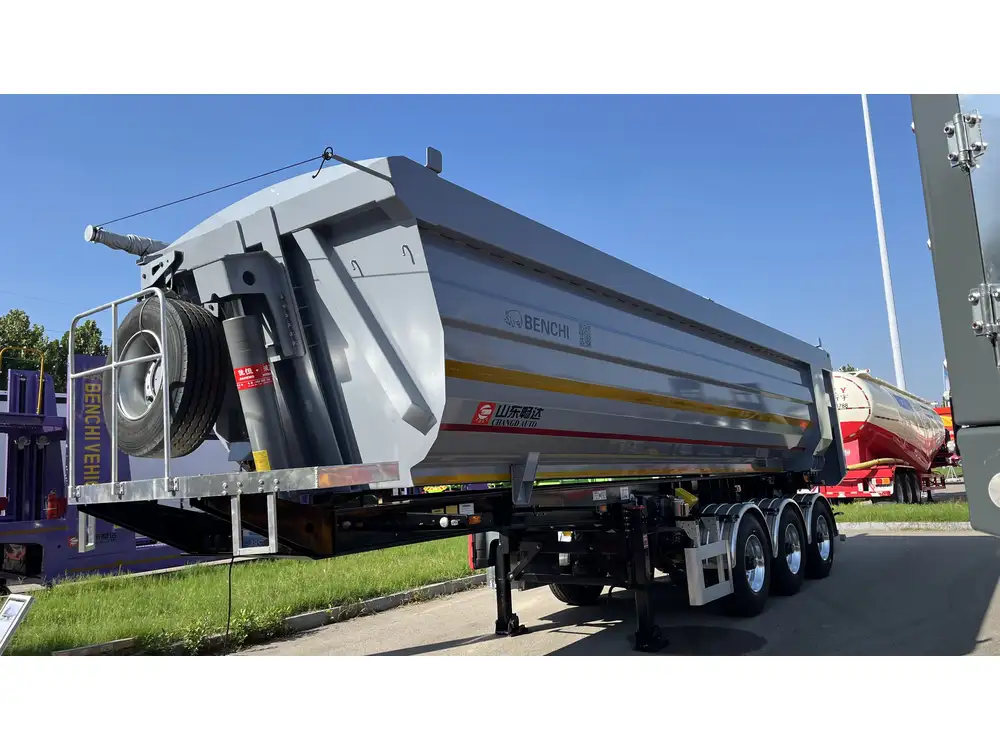
Frequently Asked Questions (FAQs)
1. What materials are best suited for hydrochloric acid storage tanks?
Answer: Stainless steel is highly preferred due to its excellent corrosion resistance. However, Fiberglass Reinforced Plastic (FRP) and High-Density Polyethylene (HDPE) are also viable options, offering moderate to high resistance at a more cost-effective price point. For budget-sensitive applications, carbon steel with appropriate linings can be used, though it offers lower corrosion resistance.
2. How often should hydrochloric acid storage tanks be inspected?
Answer: Regular inspections are crucial for maintaining tank integrity and safety. It is recommended to conduct thorough inspections at least twice a year, supplemented by monthly visual checks for any signs of leaks, corrosion, or structural damage. Additionally, implementing continuous monitoring systems can provide real-time data to identify issues promptly.

3. What safety features are essential in hydrochloric acid storage tanks?
Answer: Essential safety features include emergency venting systems, leak detection sensors, secondary containment structures, pressure relief valves, and proper ventilation systems. These features help prevent accidents, contain spills, and manage pressure changes, ensuring the safe storage of hydrochloric acid.
4. How does CarMax Vehicle ensure the quality of its storage tanks?
Answer: CarMax Vehicle employs rigorous quality assurance processes, including material testing, non-destructive testing (NDT), and compliance audits. We utilize advanced manufacturing techniques such as CNC machining and automated welding to ensure precision and consistency. Additionally, our tanks undergo thorough inspections to meet or exceed industry standards.
5. Can CarMax Vehicle customize storage tanks to specific requirements?
Answer: Yes, CarMax Vehicle specializes in creating customized storage tank designs tailored to meet the specific needs of our clients. Whether it’s adjusting capacity, selecting materials, integrating safety features, or accommodating environmental conditions, we work closely with clients to deliver solutions that precisely align with their operational requirements.



